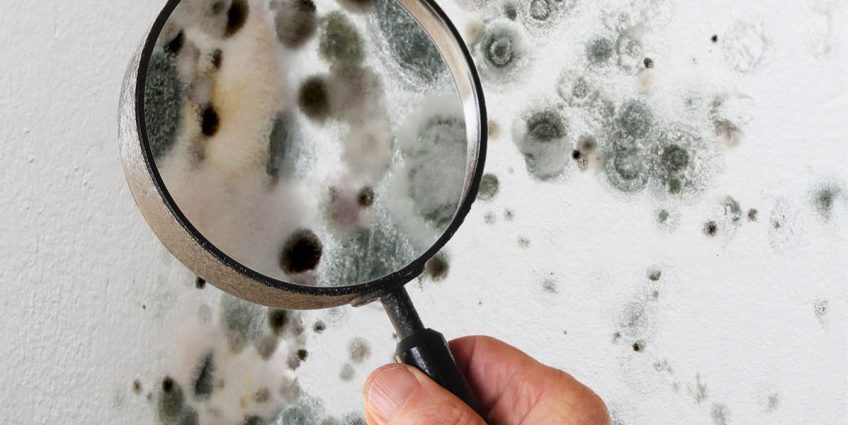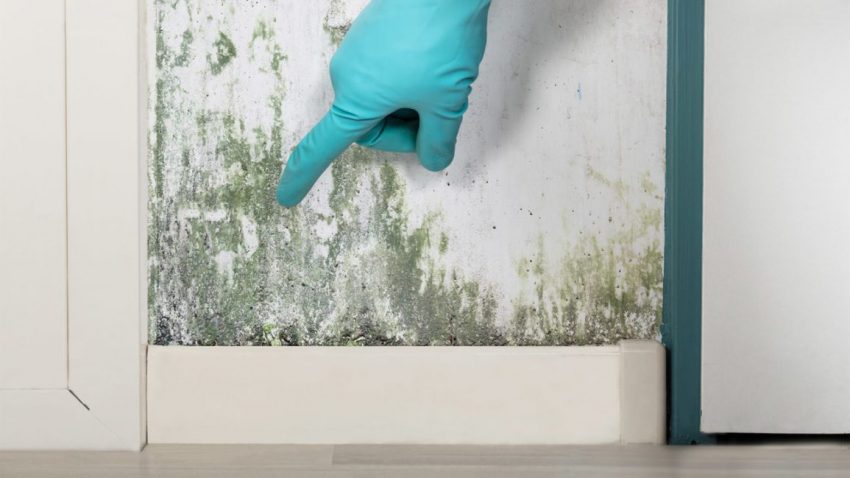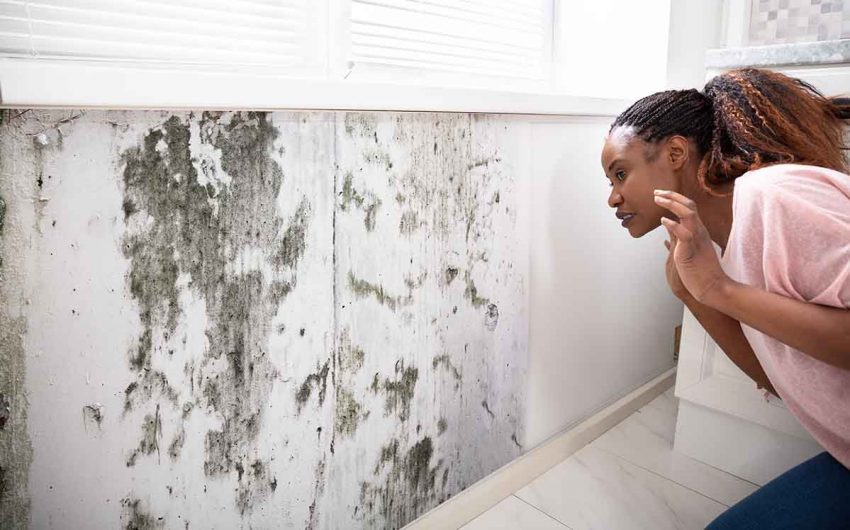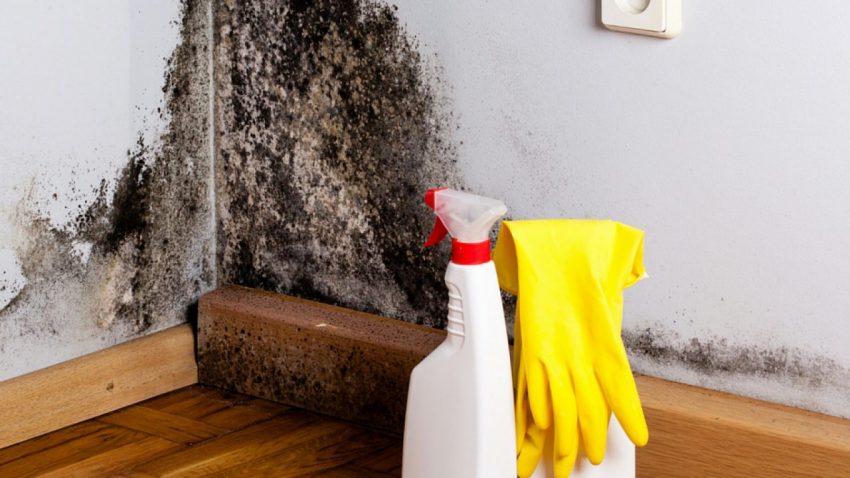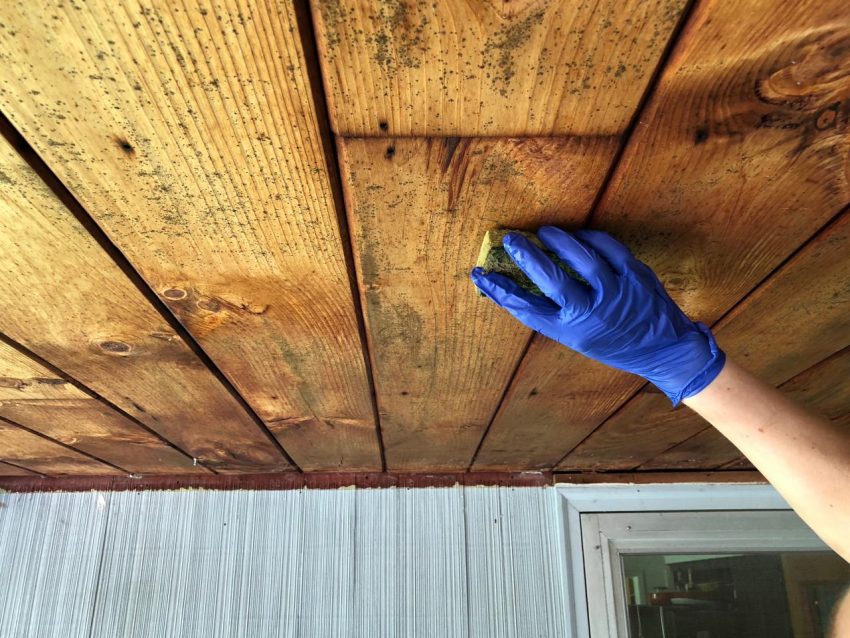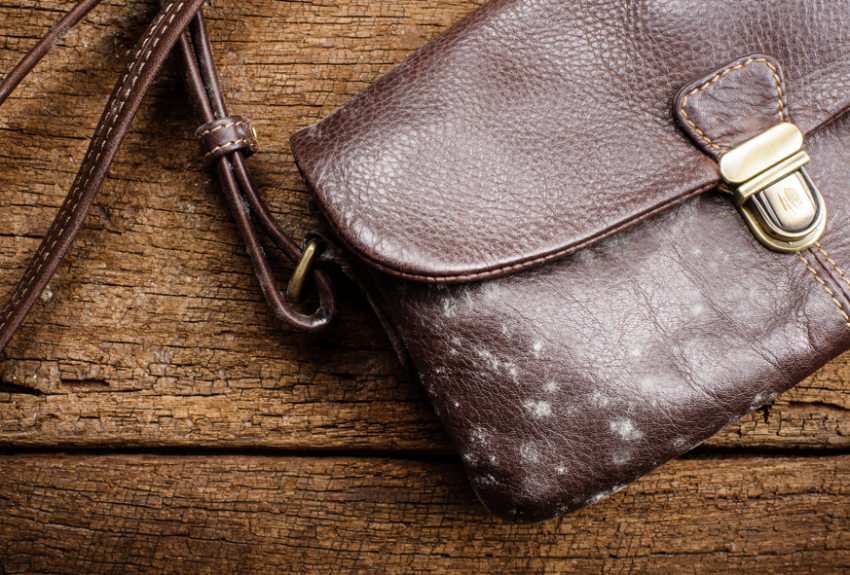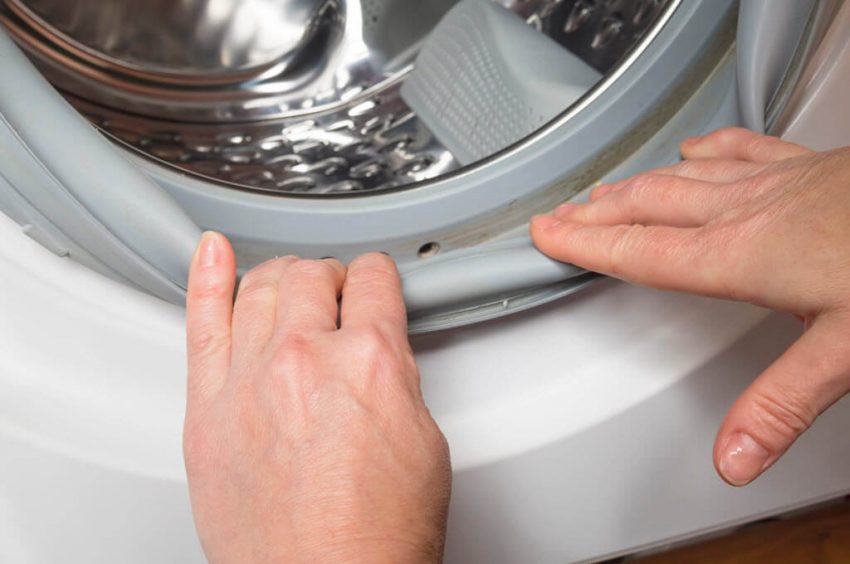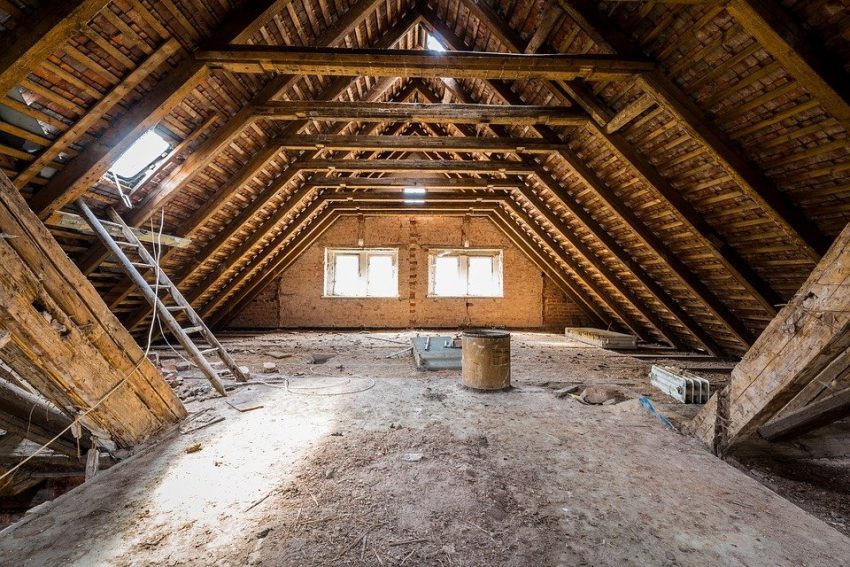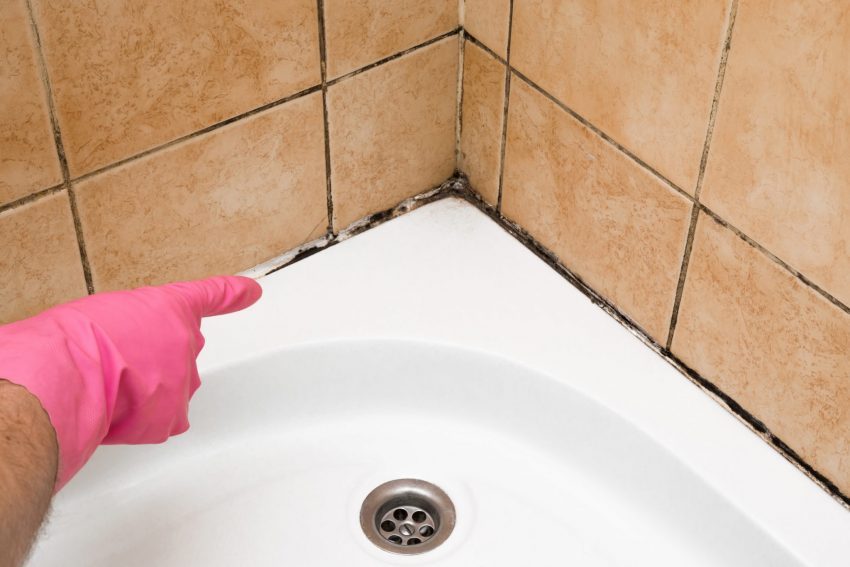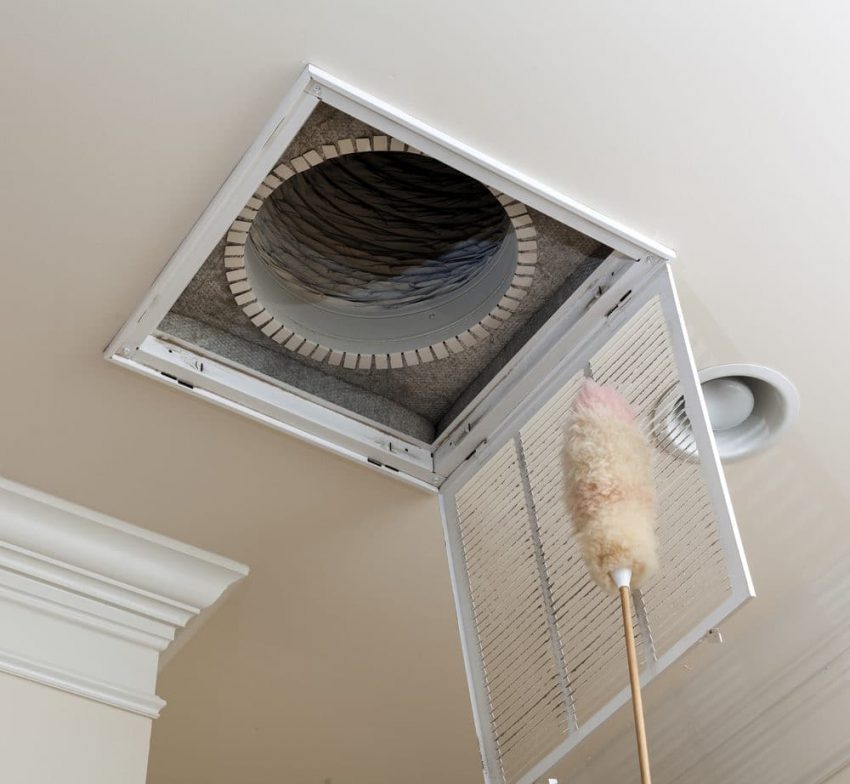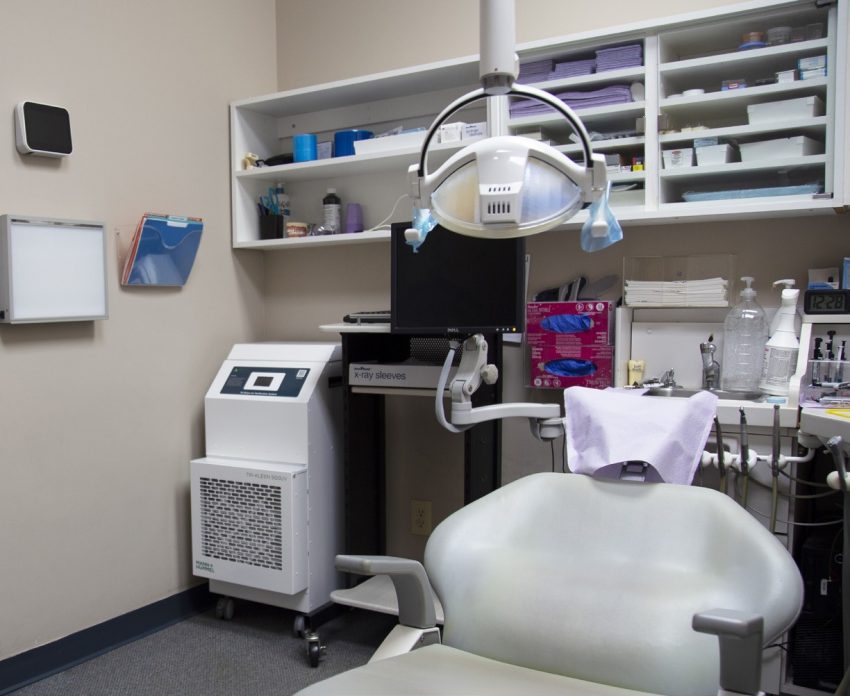Treating mold in the air
Mold is all around us, all the time. The spores travel in the air until they land somewhere they can grow. Because of this, some people try to treat mold spores before they take hold in their properties. This can help reduce your risk of mold, and is especially useful in regions where lots of mold is found naturally in the ground, such as around farmland or swamps.
How to get rid of mold spores in the air
No machine will ever be able to get rid of all the mold that could enter your property, it’s simply too small and too common. However you can reduce your risk by using an air scrubber, UV light treatment, or fogger designed for use against mold spores.
How to use an air scrubber for mold
Air scrubbers are usually part of a HVAC system, and are basically a series of superfine filters. The air that is drawn into your HVAC system from outside runs through the scrubber, and that removes harmful particles such as mold spores. Some scrubbers also contain purifying filters that kill pathogens and bacteria, and many businesses are now using industrial air scrubbers for COVID-19 prevention.
A properly installed air scrubber can remove 99 percent of contaminants from the air, making it a great option if you live in a mold-prone area or are immunocompromised. What an air scrubber can’t do, however, is remove all the mold from your home. Every time you open a door or window, or a seal isn’t quite secure, air will enter your home that hasn’t been scrubbed and will almost certainly contain mold spores. Speak to a technician to learn about the best HVAC air scrubber for your system.
Air scrubbers vs air purifiers
Air purifiers do the same thing as air scrubbers, but on a smaller scale. They’re basically portable air scrubbers. If you’re only worried about the air quality in one room, purchasing an air purifier will be faster and cheaper than installing an air scrubber designed to clean the air in your whole house.
Using an air scrubber vs UV light
Another solution is to install a UV light attachment into your HVAC system instead of an air scrubber. This is often a cheaper and simpler solution, and UV light has germicidal properties that can kill all kinds of bacteria and pathogens, including mold spores. UV lights are also unobtrusive, and won’t have any impact on your HVAC system’s performance. By comparison air scrubbers can force the system to work harder to push the air through increasingly fine filters, resulting in a drop in power.
Mold bomb foggers for cars
Just like your property, your car can also suffer from mold. Foggers release a fine mist of fungicidal solution designed to get into all the nooks and crannies where mold might be hanging out. While many are safe to use in vehicles, always check the instructions and make sure to air the car out afterward to prevent breathing in any harmful chemicals.
